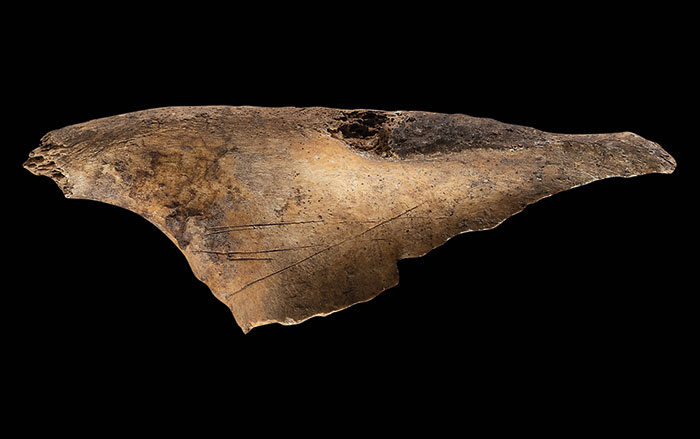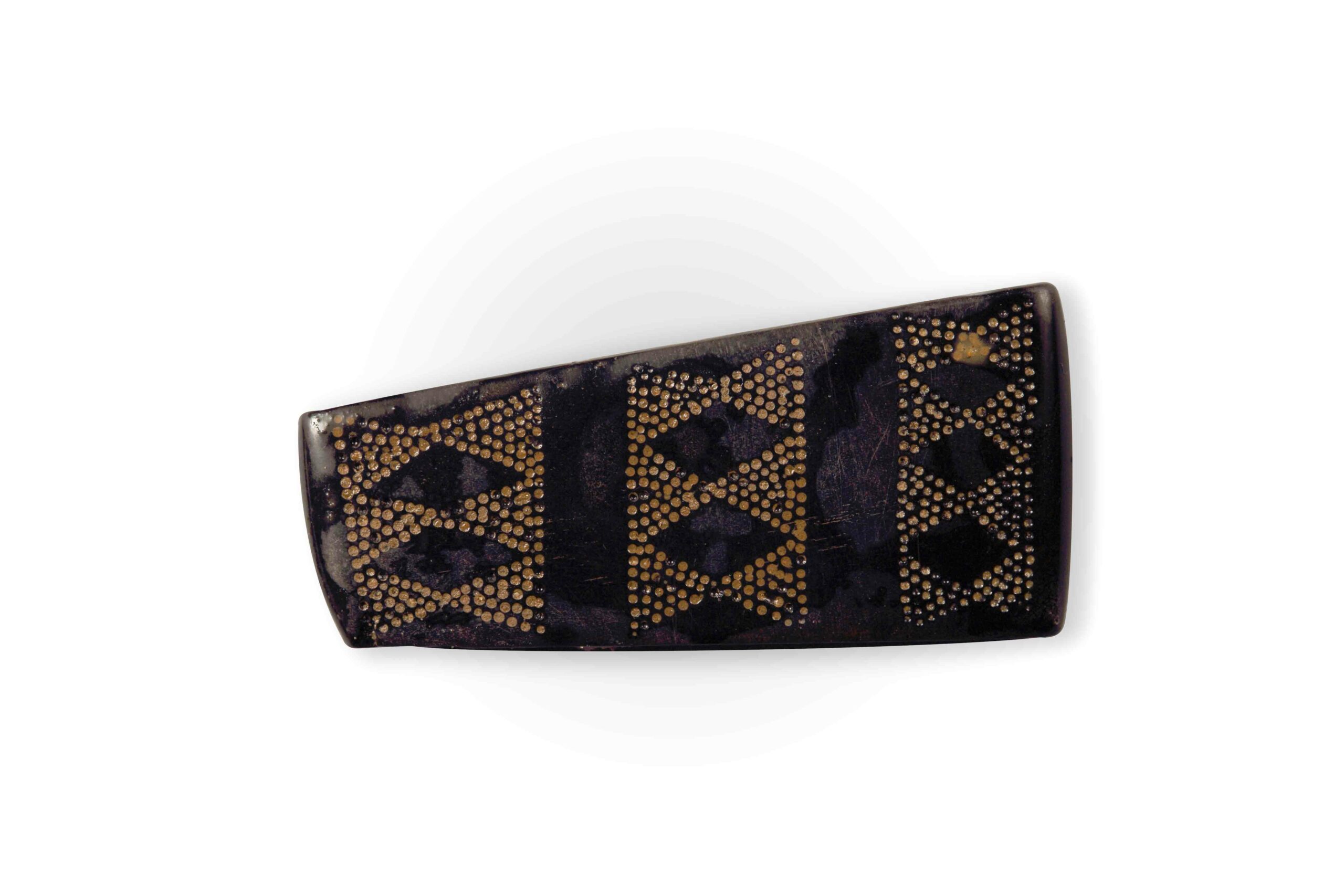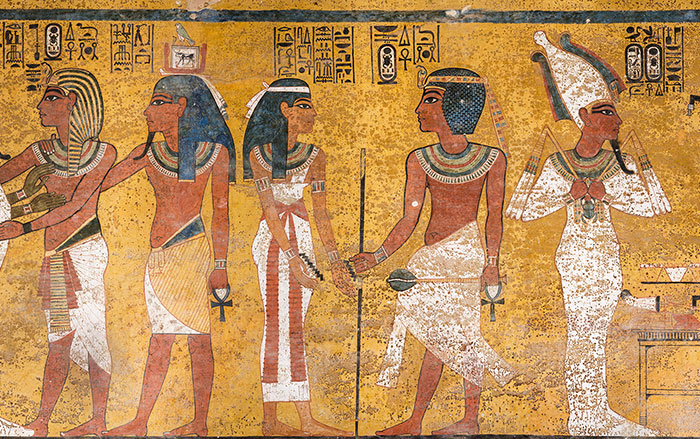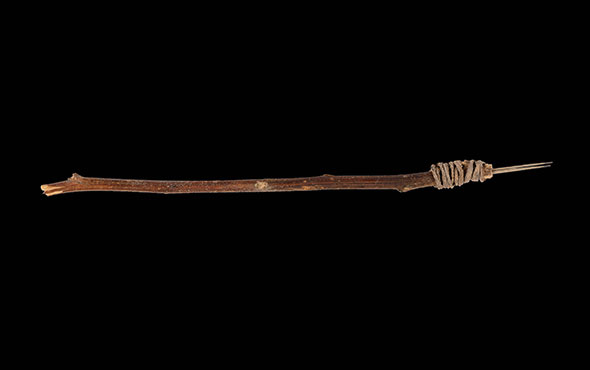
CAMBRIDGE, ENGLAND—According to a Gizmodo report, a new study of Must Farm suggests the well-preserved Bronze Age settlement was destroyed by fire just one year after it was built. Located in eastern England, the site includes the remains of at least five roundhouses that stood on wooden stilts set in a small river in a wetland environment. The structures were connected by an internal walkway and enclosed with a fence. Analysis of wooden beams indicated they were all cut in the same year, and were still green at the time of the fire. No signs of repairs were detected. “The fire was catastrophic,” explained Mark Knight of the University of Cambridge. Knight and his colleagues think the fire started inside at least one of the dwellings, which eventually collapsed into the river. The silt preserved the charred wood, textiles, pottery, glass beads, bronze tools and weapons, grinding stones, loom weights, and spindle whorls recovered by the excavation team. Read the original scholarly article about this research in Antiquity. For more, go to “The Curse of a Medieval English Well.”











